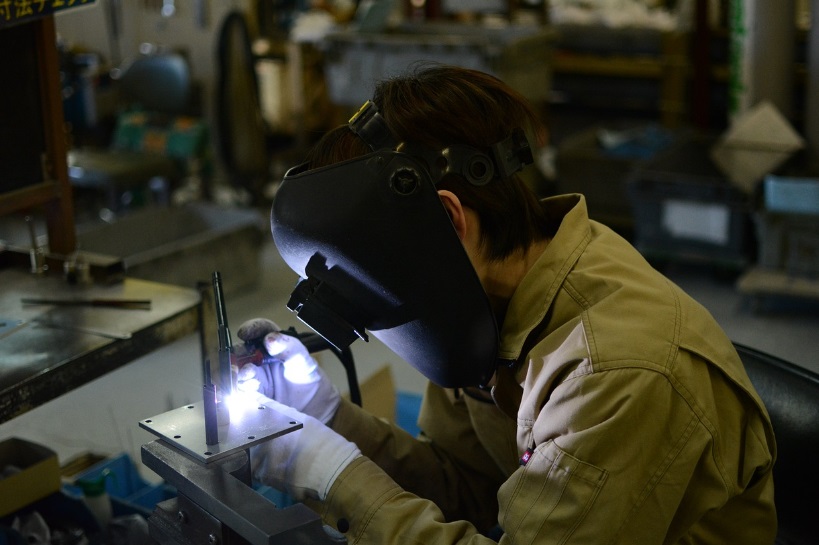
(Photo : Pixabay)
The manufacturing sector in China rebounded in August, with the Asian giant's Purchasing Managers' Index reaching 50.4, compared to 49.8 in July, an economy tracker showed.
According to the Caixin China General Manufacturing PMI report compiled by S&P Global, operating conditions in China's manufacturing sector improved midway through the third quarter of 2024.
The analysis highlighted that incoming new orders returned to growth, driving faster production expansion, ultimately stabilizing employment and increasing inventory levels.
According to S&P Global, any PMI reading above the 50 mark signifies expansion, while something above 50 indicates contraction of the manufacturing sector.
"The Caixin China General Manufacturing PMI came in at 50.4 in August, up 0.6 points from the previous month. This marked a return to expansionary territory, indicating market improvement," said Dr. Wang Zhe, Senior Economist at Caixin Insight Group.
Manufacturing Production Expanding in China
The report highlighted that manufacturing production expanded for a tenth successive month in August, led by firms in the consumer and intermediate goods sectors.
Although modest, the rate of growth accelerated from July's low as incoming new orders returned to expansion. Survey respondents revealed that better underlying demand conditions and promotional efforts underpinned the latest rise in new orders.
"Supply and demand expanded at different paces. Manufacturers' output grew for the 10th straight month in August, accelerating slightly from the previous month. In terms of production, consumers and intermediate goods producers outperformed their counterparts that provide investment products," said Zhe.
Zhe added: "Demand picked up as total new orders resumed growth, with stronger demand for intermediate goods. Exports declined for the first time in eight months, dragged particularly by weakening demand for consumer products, pushing the corresponding indicator to the lowest since November."
Labor Market Stabilized in August
The report revealed that employment remained steady in August, with the labor market stabilizing after an 11-month contraction.
"The number of companies increasing their headcount was roughly equal to those reducing it to cut costs. The total workforce at companies producing investment goods grew slightly," said Zhe.
S&P Global went on and added that purchasing activity meanwhile fell marginally in August, though this was attributed to Chinese manufacturers having sufficient input stock holdings, which rose in August.
Stocks of finished goods also increased with anecdotal evidence suggesting that delays in outbound shipments contributed to the rise in post-production inventory holdings.









